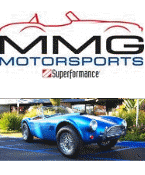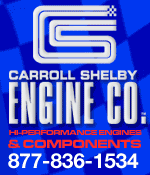The point of a bearing is to keep the rotating shaft from touching a housing that could be stationary (mains) or moving at a different speed (rods). The
oil pressure is not what keeps the two pieces from touching.
If you think of two flat plates with
oil between them, when one plate moves the
oil molecule touching the moving plate moves with that plate and the oil molecule touching the stationary plate stays put with it. All the oil molecules between are moving at different speed (some speed between zero and the speed of the moving plate). Essentially there are different layers of oil moving at different speeds. This is causing the oil to shear. The shearing action acts like a wedge that lifts the plate. The higher the speed differential the more the wedge can lift. So the pressure is not what keeps the two plates separated. It is very similar to the hydroplane affect, like spinning a tire on water.
Oils have polymerized chains of molecules that are entangled. The shearing action straightens the chains and causes shear thinning (lower viscosity). The shearing action is a form of friction and causes heat, which further lowers the viscosity. The lower the viscosity the lower the wedging affect (the less lifting force to keep parts separated). If it wasn't for the heat, a small amount of oil could remain in the bearing indefinitely. However in an engine at high shear rates, the heat build up is very rapid. So, oil must be flushed through the bearing, at a rate that is fast enough to keep the oil from over heating and thinning out to the point of metal contact.
Therefore the pressure is not what is important. The flow is what is important. The flow can be measured by the pressure drop across an orifice (restriction). Flow is proportional to the square root of the pressure drop. If you consider the entire engine as the restriction, and consider the oil pan to be at a constant pressure, then the oil pressure reading is a pressure drop, and it is proportional to the flow. So the oil pressure is a very inaccurate poor mans measure of the oil flow.
Now the problem is that the pressure drop, flow correlation is different for different viscosity oils. The colder the oil the higher the viscosity and the higher the pressure drop for a given flow. The point to all this is that the pressure is not what needs to be measured. At a given temp on a given engine at a set of conditions a certain amount of oil pressure may be adequate. At a different set of conditions, twice that amount of oil pressure may result in an engine failure.
Also from one engine to another with different paths lengths, and clearances, the required oil pressure to meet the needed flow is different. The exact pressure needed for any one engine is a different number at different conditions. What is known for certain is that zero oil pressure is zero flow and a disaster in a short time. How much pressure is the minimum is a crap shoot.
If you are pumping any more oil volume than you need you are wasting Hp. One drop too little is disaster. With so many variables everyone wants to error on the side of pumping too much.
I'm surprised with all the EPA and other government requirements the manufactures haven't went with variable speed electric motors on both the oil pump and water pump to get better MPG.













 3Likes
3Likes






 Hybrid Mode
Hybrid Mode


